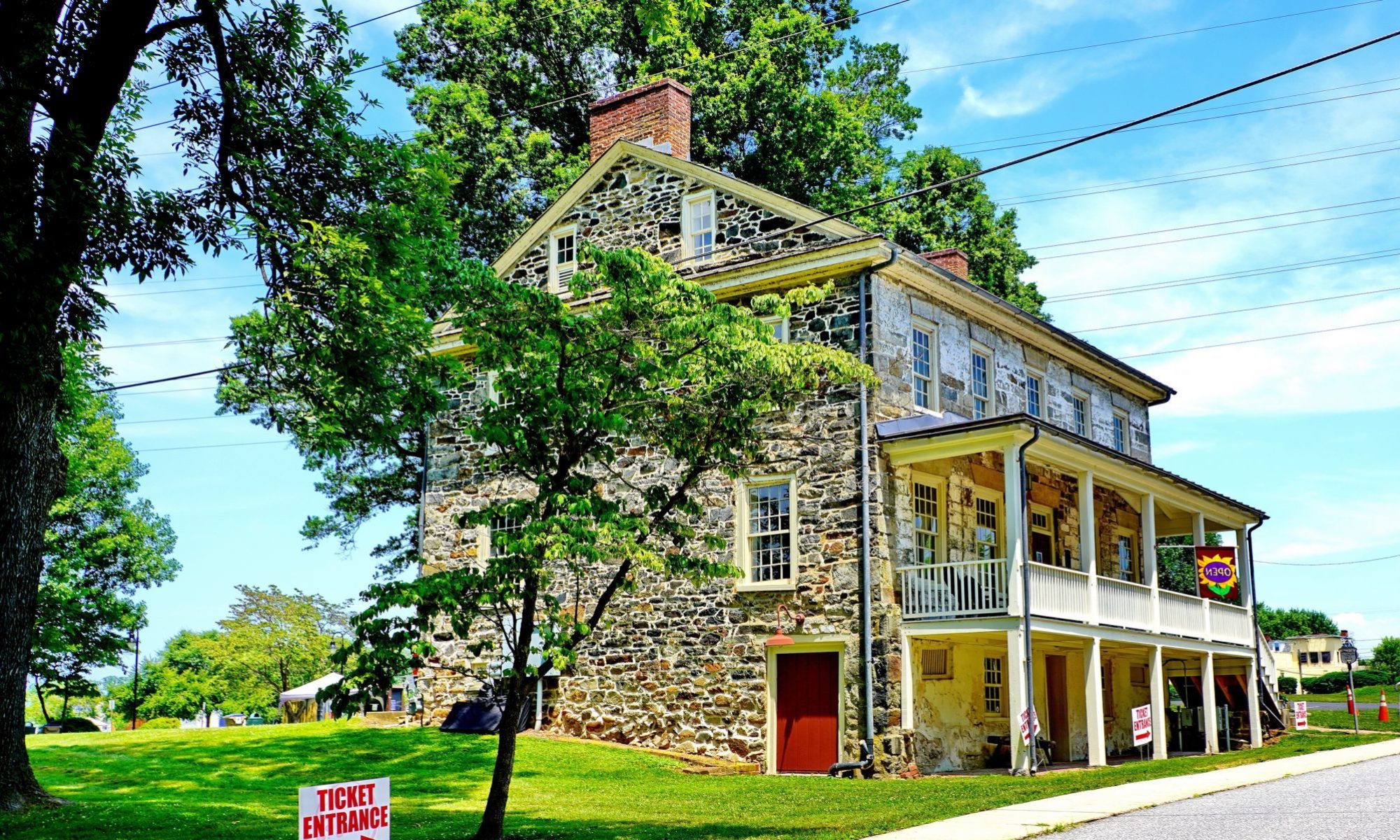
Elkton Town Hall, July 12, 2012 – The Elkton Historic Architectural Review Committee (HARC) tangled with the matter of whether the board responsible for protecting historic properties should approve a change to municipal regulations Thursday evening. The debate centered on whether a rule stipulating that new construction in the district can’t increase the size of an existing building by more than 25% should be eliminated.This matter came up as the Home Partnership, a nonprofit developer of affordable housing, wants to take the vacant jail and turn it into a 48 unit senior’s apartment complex. That plan, aired before the mayor and commissioners a day earlier, preserves about 10 percent of the 1870s structure and increases the size of the original work by 75%. To eliminate that legal barrier, the nonprofit submitted wording for a rule change that eliminates the size restriction but still requires additions to be minimally disruptive and in keeping with the original style.
Grappling with the rule change, two HARC members expressed concerns about “arbitrary changes in regulations.” Paula Newton emphasized this as she told colleages, “First, I have problems with changing ordinances because an ordinance is in place to protect people and property. Second, that’s the only historic structure on this block.””There’s never going to be a jail there anymore,” Mark Clark replied. “This building is obsolte. It would be wonderful if someone would bring it to it’s former glory, but in this case no one is going to bring it to it’s former glory. And it’s not what we’d want. ”
As that discussion continued for over an hour Chairperson Newton remarked, “We’re not getting off dead center here. We can’t proceed with the other requested exceptions unless we change this ordinance.” So Clark moved to approve the developer’s rewrite of the Elkton code, but the motion failed as there was a tie vote. Newton and Josh Brown opposed the motion, while Clark and Steve Leonard voted for it.
So the dialogue continued as Clark suggested other considerations and eventually asked “can we entertain another motion on the subject?” Building an argument for a second motion, Clark advised that he’d taken a survey of selected people about whether the 19th century building should be preserved. “No one is interested in saving a building like that. . . It’s a jail. It’s obsolete.” Clark has made similar arguments before.
The committee is charged with protecting architectural resources and it operates under the Secretary of the Interior Standards, Newton countered. “This project violates eight out of ten of those standards. . . . More of it needs to be preserved,” she added as she went through the national preservation guidelines.
Over the next three-quarters of an hour Clark introduced two more motions, modifying the developer’s language as he tried to pick up one additional vote. Again Clark made the point — no one is interested in saving a building like that. “Part of a loaf of bread is better than no loaf of bread at all. We think someday this guy is going to appear and we’ll save the whole building.”
Clark and Brown exchanged points of view about a number of technicalities related to historic districts and preservation. “I’m always nervous when you are left with vague language. . . Even if you strike out the size requirement, the change won’t be minimal,” Brown observed. “You are asking me to decide whether that’s minimal?”
With the discussion between the two getting really tangled up about responsibilities of a historic district commission, Clark inquired, “Are you a Democrat or Republican? Democrats want a bunch of rules and laws passed to save society and Republicans want individuals to make the decisions.” Since this discussion was bogged down, Newton stepped in remarking, “I keep thinking of Mr. Simmers and everyone told him you can’t save that bridge. You can’t save that bridge. And he saved that bridge.” “I don’t even know what that’s about,” Clark responded.
The debate about the mission, purpose, and role of HARC continued as Newton advised that “all we’ve done is settle” with the applicants when something is requested. “We’ve demolished two houses. Why do we have a historic commission?”
With three failed attempts now on the record during nearly two hours of deliberations, the effort was finally abandoned and the committee moved on to other items on the agenda. The committee also agreed there was no need to consider the developer’s other waivers for the code as it stood didn’t permit those changes. But they were alerted to the fact that the Mayor and Commissioners could intervene and hold a public hearing to change the law.

















